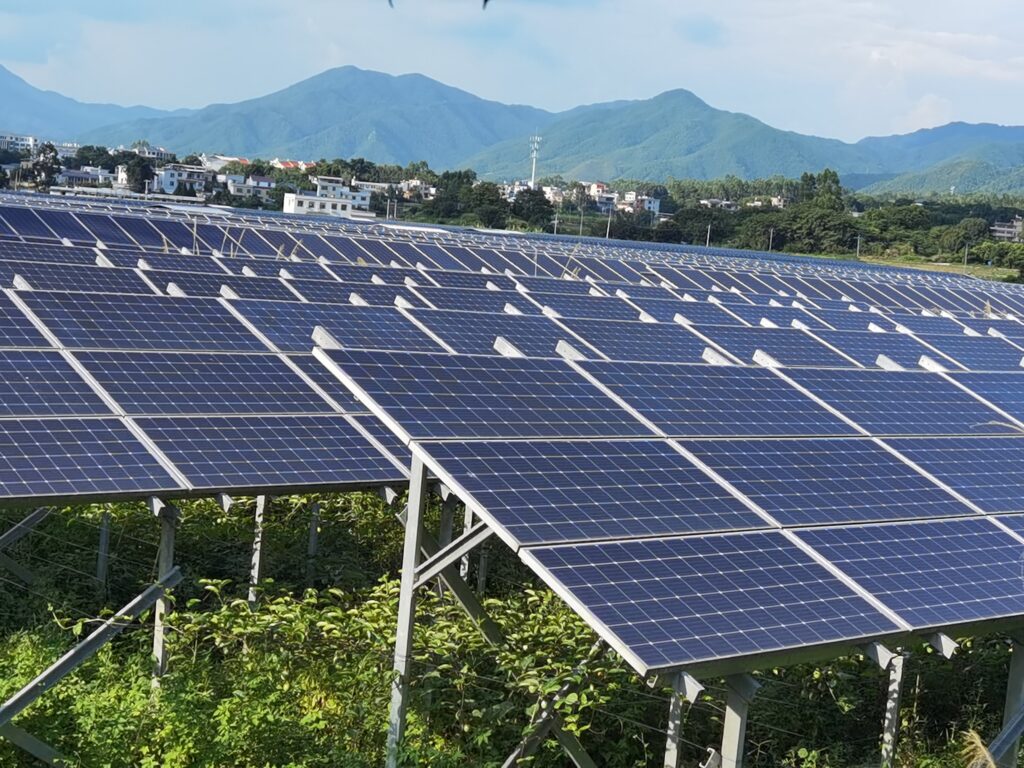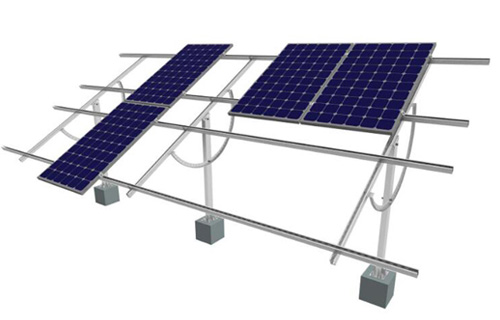roof solar
A Guide to Choosing the Best Solar System for Your Roof
Roof solar is a term that refers to installing solar panels or shingles on your roof to generate electricity from the sun.
Roof solar is one of the most popular and effective ways to go green and save money on your energy bills.
However, not all roof solar systems are created equal. There are many factors to consider when choosing the best roof solar system for your needs, such as the type, size, efficiency, durability, cost, and aesthetics of the system.
We will explain the basics of roof solar, the different types of roof solar systems available, and how to choose the best one for your roof.


The Basics of Roof Solar
Roof solar works by capturing the sunlight that falls on your roof and converting it into electricity. The electricity can then be used to power your home appliances, or stored in a battery or sent back to the grid for later use.
The basic components of a roof solar system are:
• Solar panels or shingles: These are the devices that absorb the photons from the sunlight and create an electric field across the layers of silicon cells. The electric field causes electrons to flow from one layer to another, creating a direct current (DC) electricity.
• Inverter: This is the device that converts the DC electricity into alternating current (AC) electricity that matches the voltage and frequency of your home’s electrical system.
• Mounting system: This is the device that secures the solar panels or shingles to your roof, ensuring stability and safety.
• Wiring and connectors: These are the devices that connect the solar panels or shingles to the inverter, and the inverter to your home’s electrical system or the grid.
• Meter: This is the device that measures the amount of electricity you produce and consume, and determines how much you can sell back to the grid or store in a battery.

The Different Types of Roof Solar Systems
There are two main types of roof solar systems: solar panels and solar shingles.
Solar Panels
Solar panels are the most common and widely used type of roof solar systems. Solar panels are rectangular modules that consist of multiple solar cells arranged in rows and columns. Solar panels are usually mounted on rails or brackets on top of your existing roof structure, leaving some gaps between the panels and the roof.
Solar panels come in different sizes, shapes, colors, and materials. The most common types of solar panels are:
• Monocrystalline: These are made of single-crystal silicon cells that have a uniform dark color and high efficiency. They are also more expensive and sensitive to high temperatures.
• Polycrystalline: These are made of multiple-crystal silicon cells that have a blue or black color and lower efficiency. They are also cheaper and more resistant to high temperatures.
• Thin-film: These are made of thin layers of different materials, such as amorphous silicon, cadmium telluride, or copper indium gallium selenide. They have a flexible and lightweight design and low efficiency. They are also cheaper and more adaptable to different surfaces.
Some examples of solar panel manufacturers are:
• SunPower https://www.tesla.com/solarroof, which offers high-efficiency monocrystalline panels with a 25-year warrantyhttps://www.tesla.com/solarroof.
• Canadian Solar https://www.leafscore.com/solar-guide/how-to-go-solar/best-solar-roof-options/, which offers low-cost polycrystalline panels with a 10-year warranty https://www.leafscore.com/solar-guide/how-to-go-solar/best-solar-roof-options/.
• First Solar https://www.gaf.com/en-us/solar-roof, which offers thin-film panels with a 25-year warrantyhttps://www.gaf.com/en-us/solar-roof.
Solar Shingles
Solar shingles are a newer and less common type of roof solar systems. Solar shingles are small modules that look like regular roof shingles or tiles. Solar shingles are integrated into your existing or new roof structure, replacing some of the roof shingles or tiles. Solar shingles have no gaps between them and the roof, creating a seamless and sleek appearance.
Solar shingles come in different sizes, shapes, colors, and materials. The most common types of solar shingles are:
• Silicon-based: These are made of silicon cells that have a similar design and efficiency as solar panels. They are also more durable and reliable.
• Non-silicon-based: These are made of different materials, such as copper indium gallium selenide or organic photovoltaic cells. They have a flexible and lightweight design and lower efficiency. They are also cheaper and more aesthetically pleasing.
Some examples of solar shingle manufacturers are:
• [Tesla], which offers glass solar tiles with a 25-year warranty.
• [CertainTeed], which offers silicon-based solar shingles with a 25-year warranty.
• [Luma], which offers non-silicon-based solar shingles with a 10-year warranty.
How to Choose the Best Roof Solar System for Your Roof
Choosing the best roof solar system for your roof depends on several factors, such as:
• The size and shape of your roof and the amount of sunlight it receives
• The type and size of your solar panels or shingles and the amount of electricity they can produce
• The cost and efficiency of your solar panels or shingles and the payback period of your investment
• The durability and warranty of your solar panels or shingles and the maintenance requirements
• The aesthetics and impact of your solar panels or shingles on your roof and your property value
To help you choose the best roof solar system for your roof, you can use some online tools, such as:
• [ValkPVplanner] by Van der Valk Solar Systems, which can calculate the correct mounting material for flat or pitched roofs.
• [SolarReviews’ solar panel mounts guide] by SolarReviews, which provides more information on different types of solar panel mounts.
Alternatively, you can consult with a professional solar installer, who can assess your roof and recommend the best roof solar system for your project.
Conclusion
Roof solar is a term that refers to installing solar panels or shingles on your roof to generate electricity from the sun.
Roof solar is one of the most popular and effective ways to go green and save money on your energy bills.
However, not all roof solar systems are created equal.
There are two main types of roof solar systems:
solar panels and solar shingles. Each type has its own advantages and disadvantages, depending on the specific needs and preferences of your project.
To choose the best roof solar system for your roof, you can use some online tools or consult with a professional solar installer.










